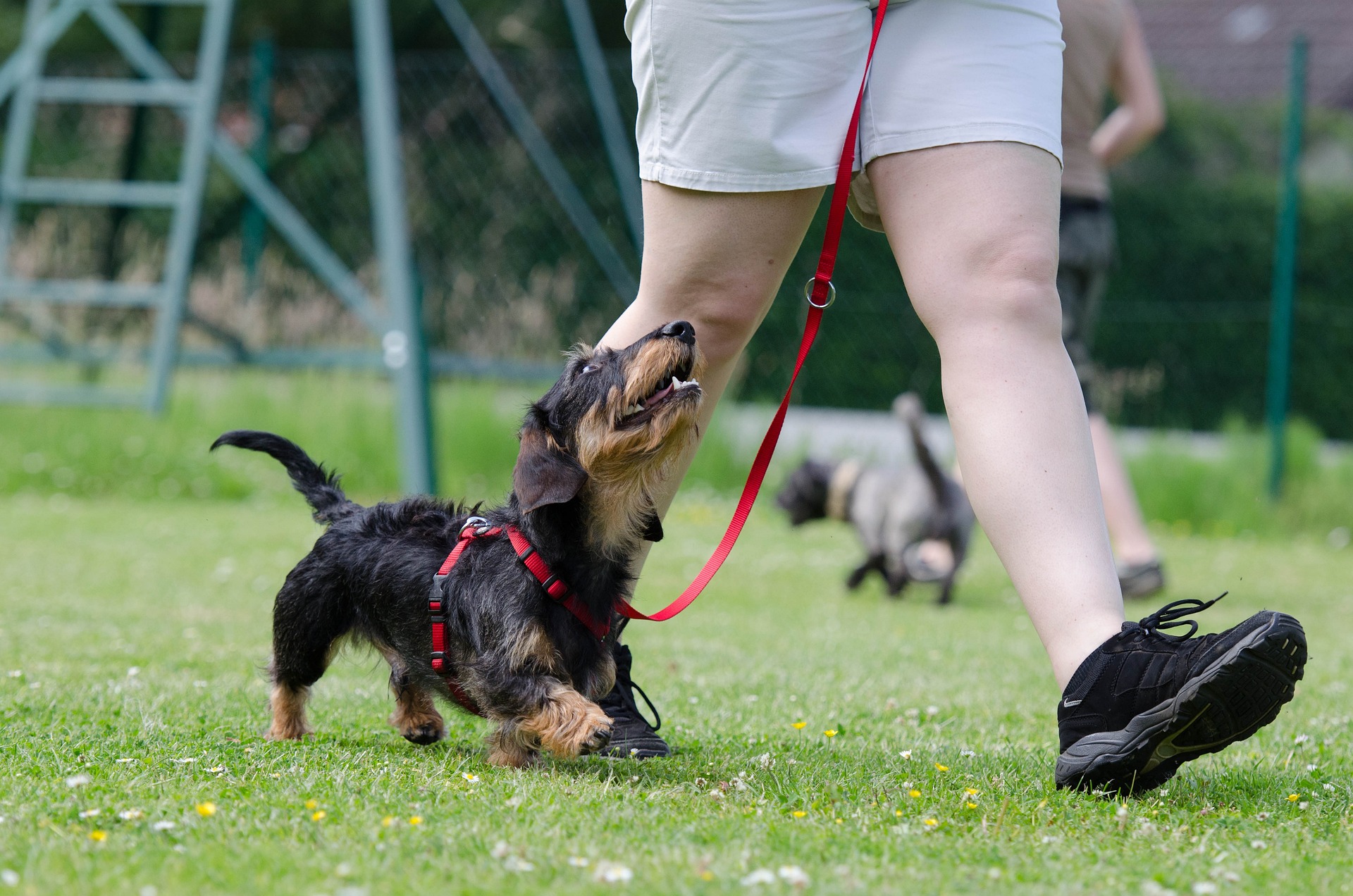Start a Rewarding Dog-Walking Career: Complete Guide
Interested in turning your love of dogs into steady income? This in-depth guide walks through the essential skills, setup steps, typical earnings, common challenges, and how technology is reshaping dog walking jobs. Learn how to begin, grow your client base, and operate safely and professionally in the expanding pet care market.

Dog walking is more than a pastime for animal lovers — it can be a sustainable career that combines exercise, flexible hours, and meaningful interactions with pets and owners. Below is a practical guide covering the skills you need, how to launch your services, what to expect in earnings and challenges, and how tech is changing the field.
Essential skills and qualities for dog walkers
Successful dog walkers blend practical abilities with strong personal traits. A genuine affection for animals is the foundation, but you also need patience and empathy to work with dogs that vary widely in temperament. Physical stamina matters: walking multiple dogs or energetic breeds requires good conditioning and safe handling techniques. Organization and time management are important to run a punctual schedule across clients. Because you may enter clients’ homes and be trusted with their pets, dependability, honesty, and clear communication build credibility and repeat business. Basic knowledge of canine behavior and boundary-setting can prevent problems and keep both dogs and owners satisfied.
How to launch a dog-walking business
Starting out is accessible but requires planning. Gain hands-on experience by volunteering at shelters, assisting rescue organizations, or offering pet-sitting to friends and family. Consider completing pet first aid and CPR courses to increase your professionalism and reassure clients. Investigate local rules: some municipalities require business licenses or permits for pet care services.
Map out a simple business plan: decide which services to offer (solo walks, group walks, pet sitting), set competitive rates, and establish policies for cancellations, emergencies, and payment. Marketing is essential — create profiles on specialized platforms and apps, list your services on local community boards, and cultivate relationships with veterinary clinics, groomers, and pet stores that can refer clients. A consistent online presence, including social media and a basic website, helps prospective clients learn about your services and read testimonials.
Challenges and benefits of the work
Dog walking brings great satisfaction but also presents hurdles. Weather is unpredictable; you’ll often work outdoors in rain, snow, or heat and should have suitable gear and backup plans. Some dogs have behavioral issues such as leash reactivity, fearfulness, or aggression, which require training knowledge, insurance, and sometimes restrictions on the dogs you accept. Building a steady client list can take time, and income may fluctuate early on.
On the positive side, the role offers schedule flexibility and the option to be self-employed. Regular walking promotes a healthy, active lifestyle. Many walkers enjoy strong emotional rewards from bonding with animals and providing a dependable service that owners value. For many, these personal benefits balance the practical challenges, making dog walking a fulfilling occupation.
Earnings and typical pricing
Income varies by location, experience, service mix, and whether you work for a platform or independently. Many walkers start part-time and expand to full-time as their clientele grows.
| Service Type | Provider Example | Typical Cost Estimate |
|---|---|---|
| Individual Walk (30 min) | Wag! | $20 - $30 per walk |
| Group Walk (1 hour) | Rover | $25 - $35 per dog |
| Full-Time Walker | Independent | $30,000 - $80,000 annually |
| Pet Sitting (24 hours) | Care.com | $50 - $100 per day |
Prices, rates, or cost estimates mentioned in this article are based on the latest available information but may change over time. Independent research is advised before making financial decisions.
How technology is reshaping dog walking
Technology has streamlined how owners find walkers and how walkers manage work. On-demand apps and booking platforms connect clients with walkers quickly and often include features like GPS tracking, photo updates, and secure messaging. GPS collars and activity trackers allow you to monitor routes and exercise levels, which you can share with owners as proof of service. Social media is a cost-effective way to showcase happy clients, share referrals, and build trust through regular updates and testimonials. Digital payment systems, scheduling apps, and customer relationship tools simplify administration and free up time to focus on dogs.
Final thoughts
Dog walking can be a rewarding business for people who love animals and enjoy being active. Success depends on reliable service, good communication, and ongoing learning — from canine behavior to basic health and safety. Start small, gather experience, build a trustworthy reputation, and use technology to broaden your reach. Whether you aim for part-time earnings or a full-time pet care career, thoughtful planning and consistent service will help you grow in this expanding field.
If you decide to pursue dog walking professionally, prioritize training, insurance, and clear policies to protect yourself and the pets in your care. With commitment and the right approach, dog walking can become a stable, enjoyable way to make a living while spending your days with animals.






